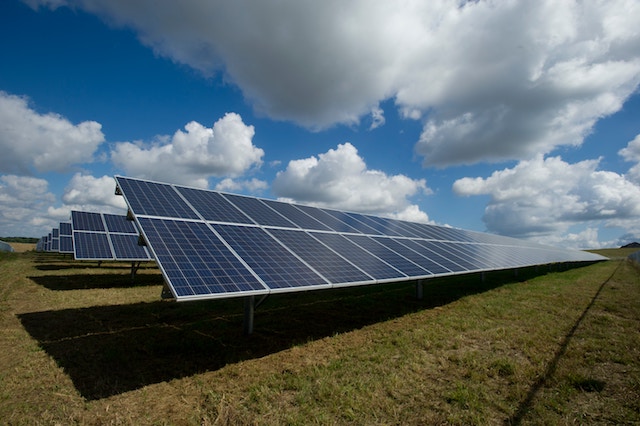Despite the impact of Section 201 solar module tariffs, the US solar market has remained an attractive investment proposition, with a steady flow of mergers and acquisitions (M&A) activity throughout 2018, and robust demand expected for 2019 as the ITC-driven installation pipeline progresses.
Nonetheless, Section 201 – which placed a declining 30% tariff on imported cells and modules for four years, starting in February 2018 – has created a strong emphasis on risk management for investors. Solar projects with competitively-priced equipment supply and experienced development platforms able to navigate the tariff environment have been in high demand.
This is according to a key finding of FTI Consulting’s recently published U.S. Renewables M&A: 2018 Review and Outlook for 2019 reportzxqsfdcvaarxfyyrtzxfvbvyyfsdqbqtwcc.
The report highlights that, in 2018, utility-scale solar accounted for 27 of 65 clean energy deals in the US market, surpassing onshore wind (25), while total megawatts of operational and development capacity sold in 2018 stood at almost 9 GW. Solar also represented a significant proportion of multi-asset sales in the US, with 5 major multi-asset transactions totaling over 14 GW of operational and development capacity.
Pension funds, insurance companies, private capital and strategic players were all active acquirers, while sellers provided a steady pipeline of projects to the market in order to recycle, raise capital, or exit, in a strong demand and high valuation environment.
FTI Consulting anticipates that stable and predictable returns at the asset level, coupled with a more stable regulatory environment – as well as the availability of the full 30% solar ITC for projects that begin construction through the end of the year – will continue to drive demand in 2019.
In addition, 2019 will see solar sector participants engage in safe harboring strategies, where equipment is purchased for projects that will be developed in later years.
Entering the second year of Section 201, the focus for the industry will center on building out existing project pipelines, some of which may have been pushed into 2019 given the uncertainty previously created by Section 201, and a drive to provide for solar ITC eligibility by year-end.
Again, these factors will mean that seasoned development teams with the ability to secure or safe-harbor equipment will present an attractive proposition for investors. Furthermore, those that can demonstrate a capacity to optimize returns in the post-tariff environment will be in high demand.
“The outlook for US solar in 2019 and beyond is very promising,” said Chris Post, a Managing Director in FTI Consulting’s Global Clean Energy Practice.
“However, with an increasingly sophisticated pool of investors getting involved in the market, there will be a high level of scrutiny on the track record of development teams – and track record is going to be the critical factor driving the M&A market forward on the platform side in the coming months.”
“On the sell-side, we are already seeing developers that came under pressure in 2018 looking to shore up their balance sheets in 2019 through asset sales, and this is likely to continue going forward.”
Solar power project development will be discussed at the next POWERGEN International, taking place in New Orleans, November 19-21, 2019.





